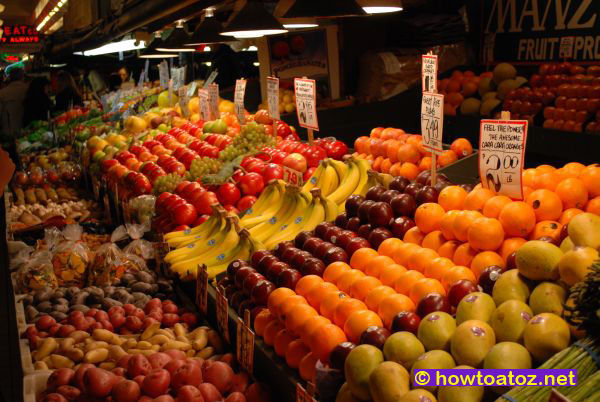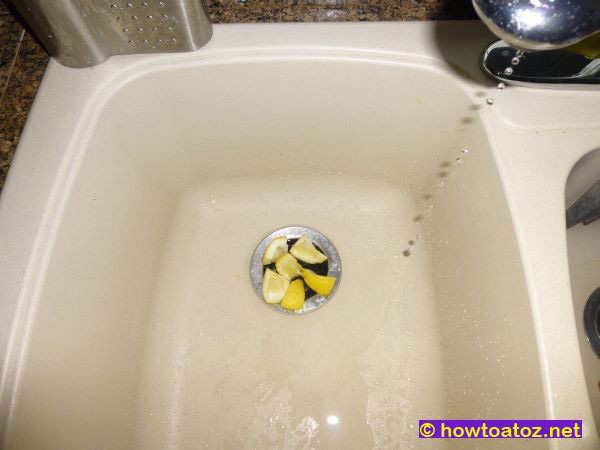How to Choose Fresh Fruits
It is important to choose fresh fruit for so many reasons. First of all fresh fruit contains more antioxidants and vitamins. Not to mention that tastes much better and can be stored for a longer time at your house.
Bananas: Skin should be free of bruises and blacks or brown spots. Purchase them green and allow them to ripen at home at room temperature.
Berries: Select plump, solid berries with good color. Avoid stained containers which indicate wet or leaky berries. Berries with clinging caps, such as blackberries and raspberries, may be unripe. Strawberries without caps may be overripe.
Melons: In cantaloupes, thick, close netting on the rind indicates best quality. Cantaloupes are ripe when the stem scar is smooth and the space between the netting is yellow or yellow-green. They are best when fully ripe with fruity odor.
Honeydews are ripe when rind has creamy to yellowish color and velvety texture. Immature honeydews are whitish-green.
Ripe watermelons have some yellow color on one side. If melons are white or pale green on one side, they are not ripe.
Oranges, Grapefruit and Lemons: Choose those heavy for their size. Smoother, thinner skins usually indicate more juice. Most skin markings do not affect quality. Oranges with a slight greenish tinge may be just as ripe as fully colored ones. Light or greenish-yellow lemons are more tart then deep yellow ones. Avoid citrus fruits showing withered sunken or soft areas.

